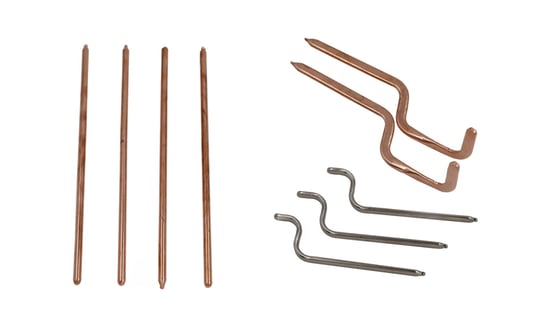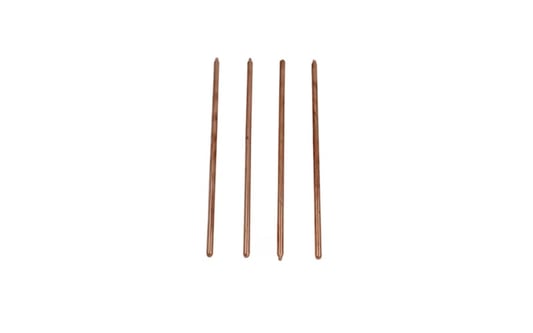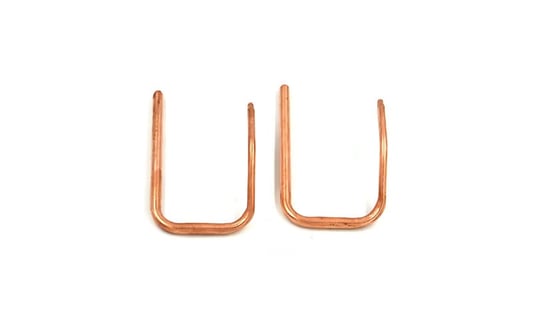Efficient Cooling Solutions Liquid cooling plates are becoming increasingly popular in the field of thermal management due to their ability to efficiently remove heat from electronic devices. Unlike traditional air cooling methods, liquid cooling plates provide better thermal conductivity, allowing for more effective heat dissipation. This innovation is set to revolutionize the way we manage heat in various technological applications. Enhanced Performance and Reliability Liquid cooling plates offer enhanced performance and reliability compared to conventional cooling methods. By using liquid to transfer heat away from components, these plates help maintain optimal operating temperatures, leading to improved efficiency and longevity of electronic devices. This innovation is crucial for industries where heat management is vital for the operation of equipment.Space-Saving Design Liquid cooling plates have a compact design that takes up less space than traditional cooling systems, making them ideal for applications where space is limited. This innovation allows for more efficient use of available space while providing superior cooling performance. As technology continues to advance, the demand for space-saving thermal management solutions will only grow.Customizable Solutions Liquid cooling plates can be customized to fit specific requirements, making them versatile and adaptable to a wide range of applications. With the ability to tailor the design and configuration of cooling plates, manufacturers can optimize thermal management solutions for different electronic devices. This level of customization is essential for achieving optimal performance in various industries.Energy Efficiency Liquid cooling plates help improve energy efficiency by effectively dissipating heat from electronic components, reducing the overall power consumption of devices. This innovation supports sustainability efforts by minimizing energy waste and lowering operational costs. As energy efficiency becomes a top priority for businesses and consumers, liquid cooling plates will play a crucial role in reducing carbon footprints.Advanced Material Technology The future of thermal management lies in the development of advanced materials that enhance the performance of liquid cooling plates. By using high-quality materials with excellent thermal conductivity, manufacturers can create more efficient cooling solutions for electronic devices. This innovation will drive further improvements in heat dissipation and thermal regulation.Integration with IoT Devices Liquid cooling plates are expected to be integrated with Internet of Things (IoT) devices to manage heat more effectively in connected systems. As IoT technology continues to evolve, the demand for efficient thermal management solutions will increase. Liquid cooling plates offer a reliable and scalable solution for maintaining optimal operating temperatures in IoT devices.Application in Data Centers Liquid cooling plates are well-suited for use in data centers where heat management is a critical factor in maintaining server performance. By implementing liquid cooling plates, data center operators can improve the overall efficiency and reliability of their systems. This innovation is essential for the continued growth of data centers and the increasing demand for cloud computing services.Cost-Effective Solutions Liquid cooling plates offer cost-effective thermal management solutions for industries looking to maximize performance while minimizing expenses. By providing efficient heat dissipation and energy savings, these plates help reduce operating costs in the long run. This innovation is a game-changer for businesses seeking to enhance their technological capabilities without breaking the bank.Environmental Impact The adoption of liquid cooling plates is expected to have a positive impact on the environment by reducing energy consumption and carbon emissions. As more industries transition to sustainable practices, liquid cooling plates will play a crucial role in mitigating the environmental impact of thermal management. This innovation aligns with global efforts to promote green technology solutions for a more sustainable future. Quote InquiryContact us










